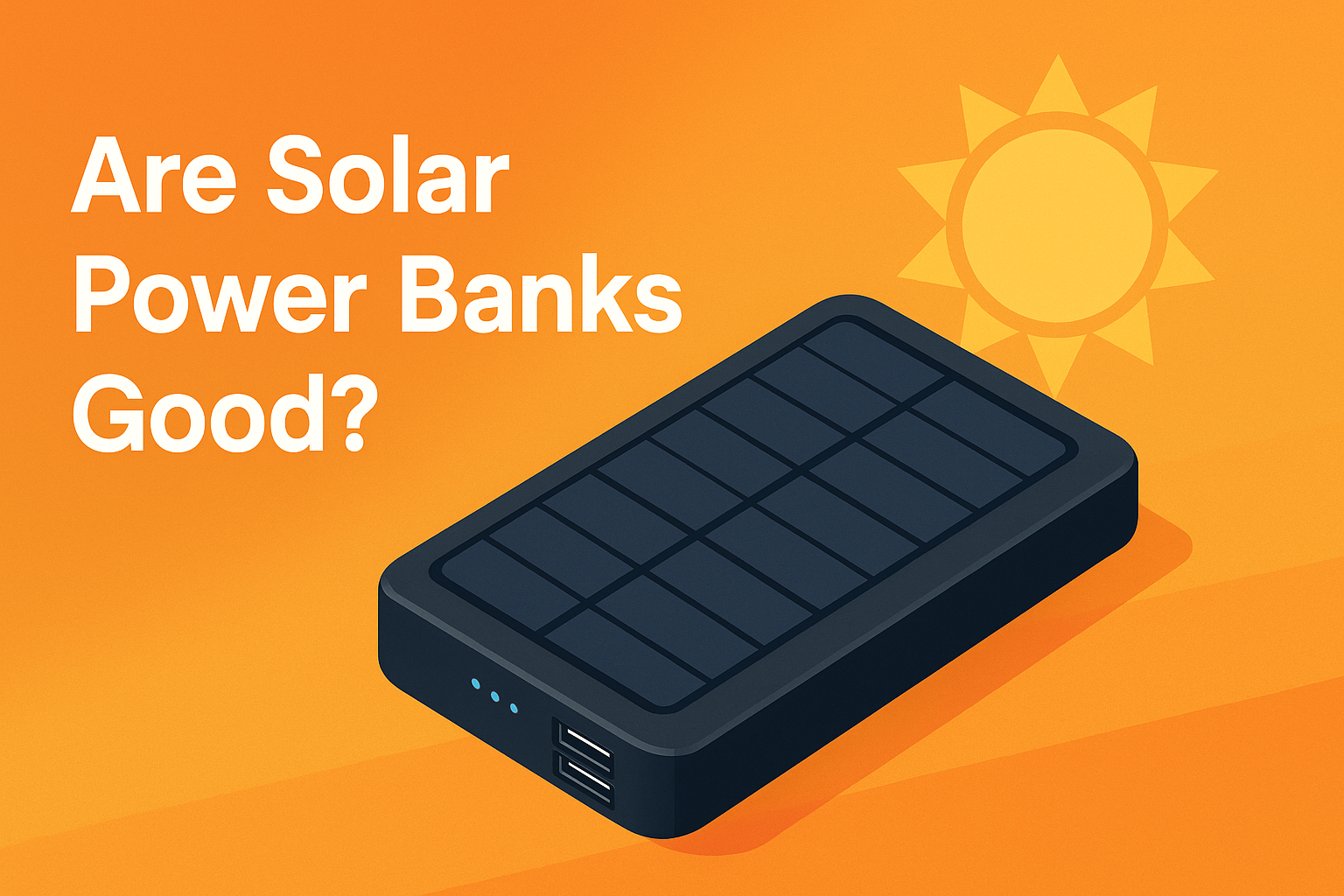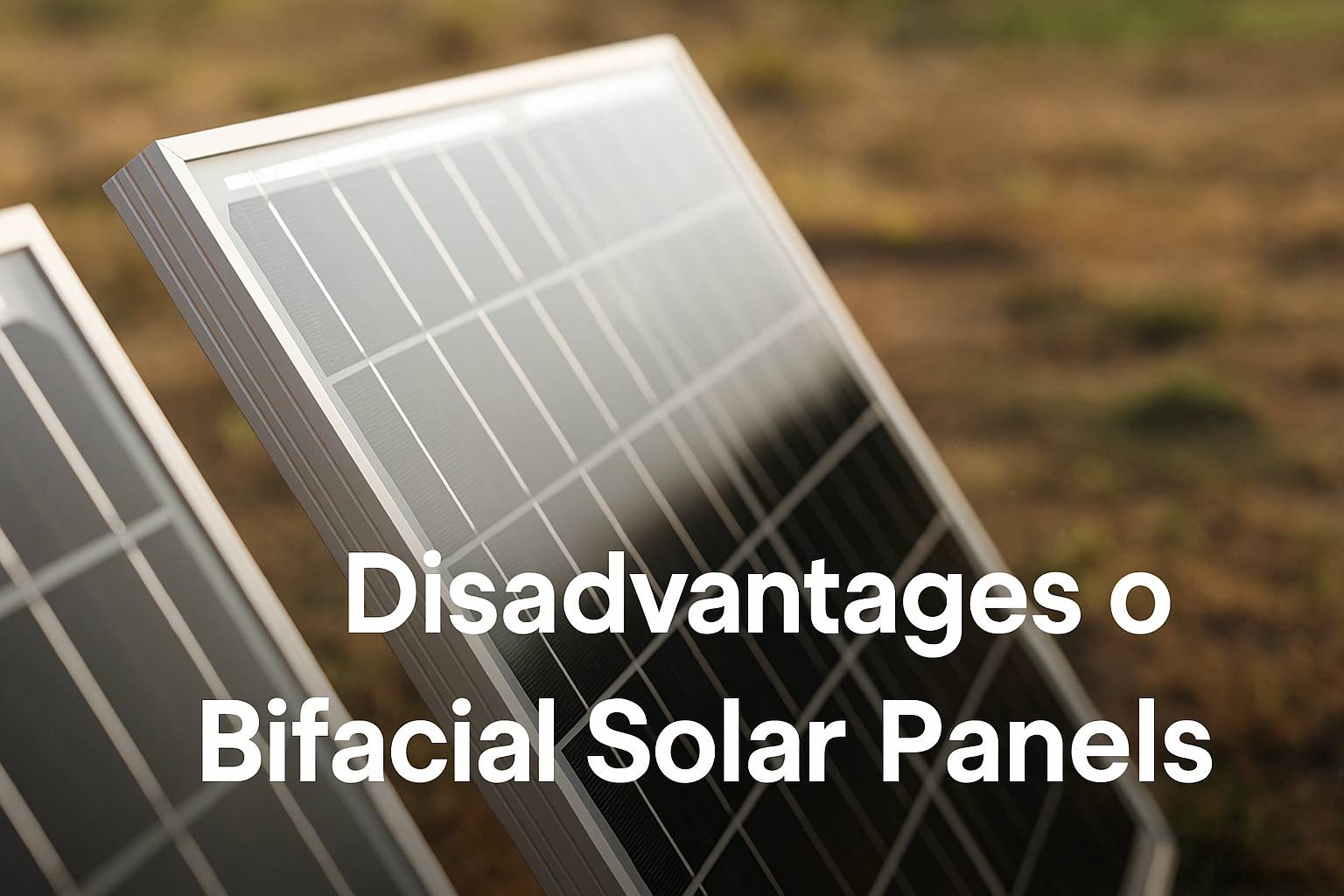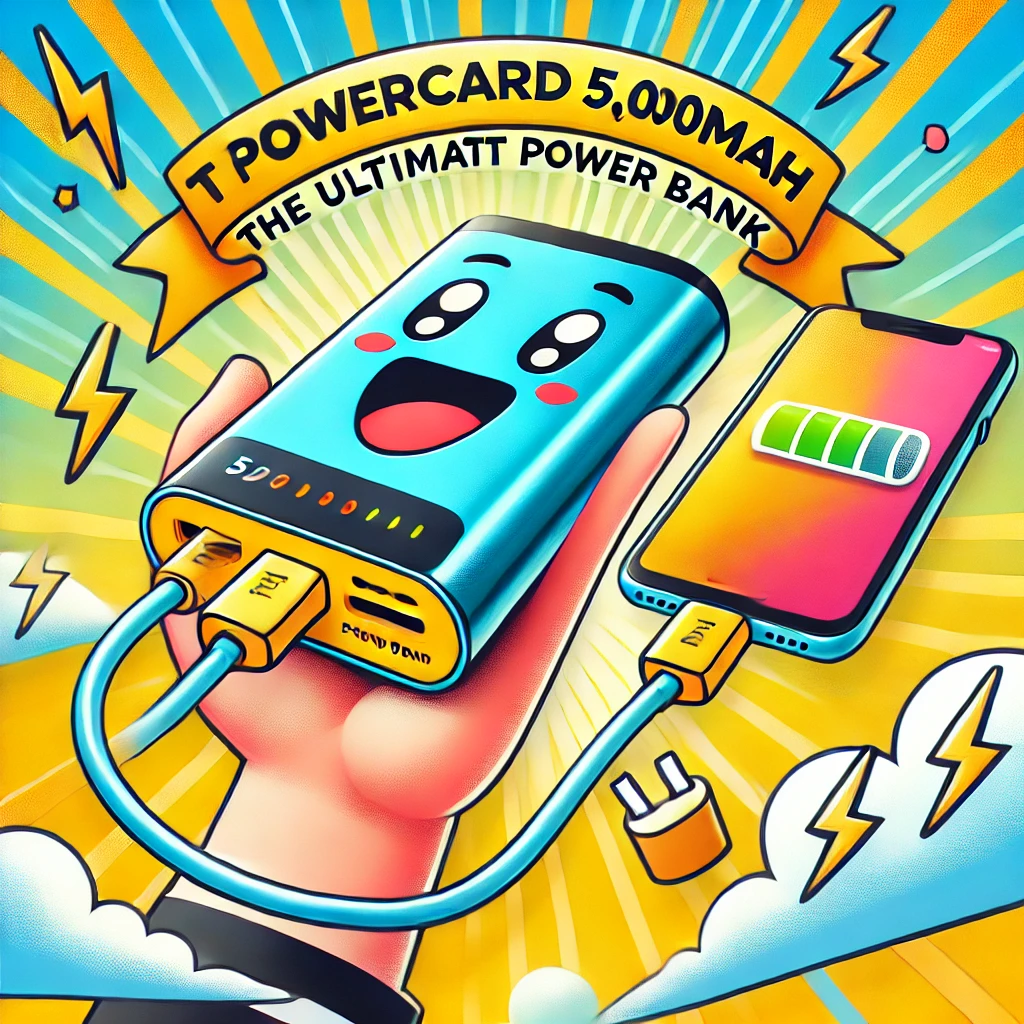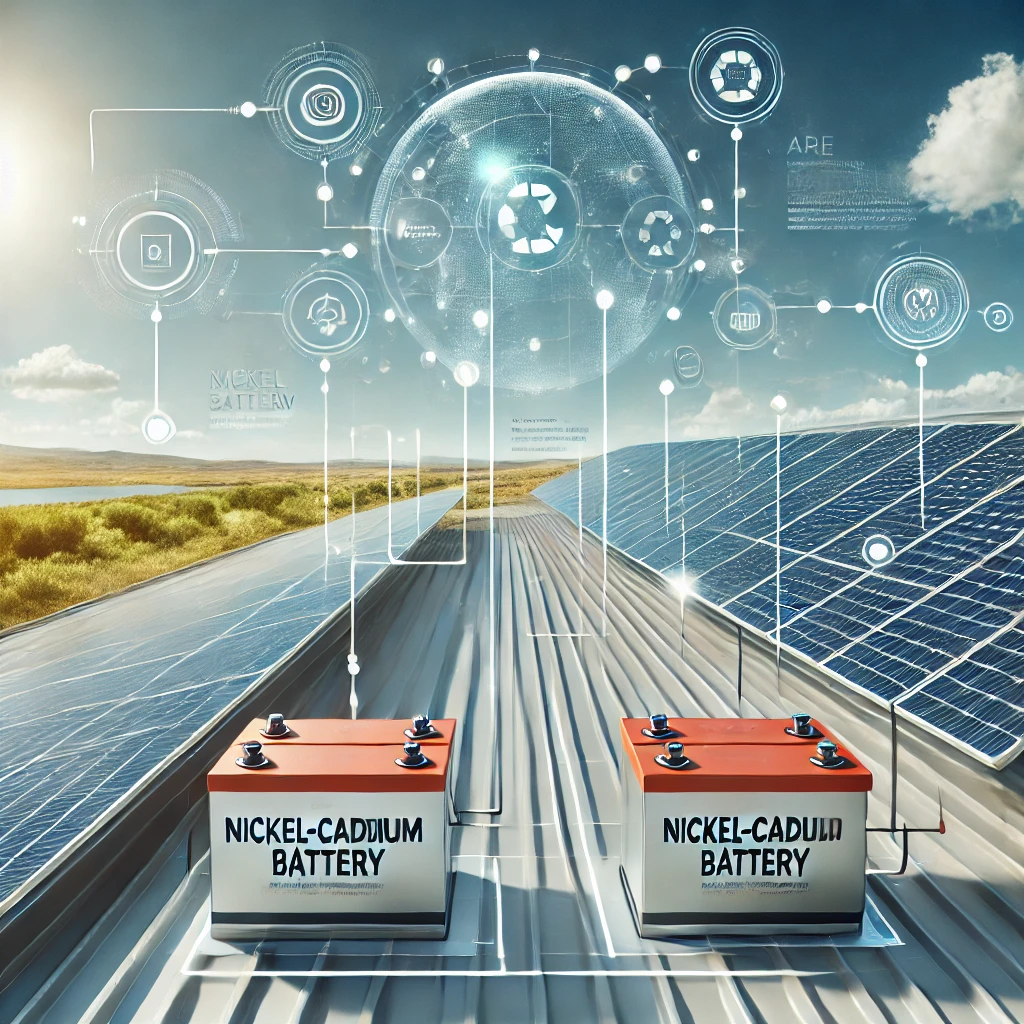As the demand for portable energy solutions rises, solar power banks have captured attention for their eco-friendliness, convenience, and off-grid charging capabilities. But how good are solar power banks, really? Do they hold up in real-world usage? Are they just a trendy gadget or a dependable energy backup?
In this comprehensive guide, we’ll break down what solar power banks are, how they work, their pros and cons, when they’re most useful, and whether they’re worth investing in for your specific needs.
What Is a Solar Power Bank?
A solar power bank is a rechargeable battery device equipped with photovoltaic (PV) panels that convert sunlight into electrical energy. It stores that energy in an internal battery, allowing you to charge your devices—such as smartphones, tablets, Bluetooth speakers, and even small camping gear—without needing a wall socket.
Key Components:
- Solar Panels: Usually monocrystalline or polycrystalline panels that capture sunlight.
- Battery Pack: Stores energy, commonly lithium-ion or lithium-polymer.
- Charging Ports: USB-A, USB-C, and even wireless pads.
- Charge Controllers & Safety Features: Prevent overcharging and short circuits.
How Do Solar Power Banks Work?
The working principle is straightforward:
- Sunlight hits the solar panels → converted into DC electricity.
- Charge controller regulates the flow to the internal battery.
- Stored energy is accessed via output ports to charge devices.
While the concept sounds simple, real-world efficiency depends heavily on the quality of the panels, battery size, and sunlight availability.
Advantages of Solar Power Banks
1. Portability and Convenience
Solar power banks are compact, making them perfect for camping, hiking, road trips, or emergency kits. You don’t need access to a power outlet—just sunshine.
2. Eco-Friendly and Renewable
They tap into solar energy, a 100% renewable source. Unlike fossil fuel generators or wall outlets (which may pull from coal-based grids), solar banks reduce your carbon footprint.
3. Emergency Power Source
During power outages or natural disasters, a solar power bank can be a reliable lifeline—especially models with built-in flashlights, weatherproof designs, and SOS features.
4. Cost-Saving Over Time
Once purchased, solar power is free. Over years of use, especially in sunny climates, the savings on electricity and disposable batteries can add up.
5. Dual Charging Options
Most solar banks can be charged both by USB (from a wall or car adapter) and by solar, giving you flexibility.
Disadvantages of Solar Power Banks
1. Slow Charging Speeds via Solar
Solar charging is not fast. Even under optimal conditions, fully charging the internal battery via sunlight can take 20-50 hours depending on panel size and battery capacity.
2. Dependence on Sunlight
Cloudy weather or indoor use makes solar charging inefficient or impossible. Some areas may not receive adequate sunlight year-round.
3. Limited Power Output
Most solar power banks are suitable for small devices only. Charging a laptop or powering high-wattage appliances is generally out of scope unless you opt for a solar generator.
4. Heavier Than Regular Power Banks
Because of the additional solar panels, they’re usually bulkier and heavier than regular power banks with the same capacity.
5. Longevity and Efficiency Drop
Cheaper models may degrade quickly. Exposure to harsh weather can shorten lifespan. Also, solar panel efficiency can drop over time.
Types of Solar Power Banks
1. Single-Panel Solar Banks
These have a single built-in panel. They’re compact but offer the slowest solar charging.
2. Foldable Multi-Panel Solar Banks
Designed with multiple panels that unfold like a book, offering faster solar input while still being portable.
3. High-Capacity Solar Generators
Though technically not “power banks,” they store solar energy in large batteries and can power appliances, laptops, and tools.
Key Features to Look For
If you’re considering buying one, here’s what to check:
- Battery Capacity (mAh or Wh): At least 10,000mAh for smartphones; 20,000mAh+ for multiple devices or tablets.
- Solar Panel Output (Wattage): Higher is better for faster charging.
- USB Ports: Look for USB-C PD and QuickCharge 3.0 for faster outputs.
- Durability: Waterproofing, dust resistance, and rugged casing are a plus.
- Pass-Through Charging: Lets you charge devices while the bank itself is charging.
- Built-in Flashlight or SOS Beacon: Great for outdoor and emergency use.
Are Solar Power Banks Good for Everyday Use?
Yes and no.
Yes, If:
- You live in a sunny region.
- You’re outdoors frequently—hiking, camping, or working remotely.
- You need an emergency backup.
- You care about sustainable energy choices.
No, If:
- You rely on fast charging and can access outlets regularly.
- You use high-wattage devices.
- You want to fully recharge devices solely from solar daily.
In most cases, solar charging should be viewed as a supplemental feature, not a primary one.
Real-World Use Cases
1. Backpackers and Campers
Solar banks like the BigBlue 28W with a 25,000mAh battery can keep phones, GPS devices, and flashlights running for several days without plugging in.
2. Emergency Preparedness
In regions prone to hurricanes or grid failures, a durable solar bank with a flashlight and compass can be a game-changer in a go-bag.
3. Remote Workers and Travelers
Digital nomads using lightweight solar banks can top up devices while commuting or working in parks and outdoor cafes.
4. Eco-Conscious Consumers
Users trying to cut down on grid use can pair solar banks with USB LED lights or fans for sustainable personal energy setups.
Comparison: Solar Power Bank vs Traditional Power Bank
| Feature | Solar Power Bank | Traditional Power Bank |
|---|---|---|
| Charging Method | Solar + USB | USB only |
| Ideal For | Outdoors, emergencies | Daily/urban use |
| Charging Speed | Slower (solar), USB is avg. | Faster (USB wall charging) |
| Eco-Friendliness | High | Low |
| Portability | Heavier | Lighter and more compact |
| Lifespan | Shorter (solar panel wear) | Longer |
| Cost | Slightly higher | More budget options |
Popular Solar Power Banks in 2025
- Anker 21W Solar Charger with PowerPort
- Lightweight and foldable
- Best for on-the-go charging
- BLAVOR 20,000mAh Solar Power Bank
- Qi wireless charging
- Water-resistant, ideal for outdoors
- Hiluckey 25,000mAh Portable Solar Charger
- 4 foldable solar panels
- Dual USB ports, great for multiple devices
- QiSa 38,800mAh Solar Power Bank
- Huge battery
- IP66 waterproof, built-in flashlight
How Efficient Are Solar Power Banks?
The solar panel efficiency on power banks ranges from 15% to 23%, with high-end monocrystalline cells being more efficient. However, charging speed and battery replenishment via solar alone can be unpredictable. For example:
- Full recharge via USB: 6–8 hours
- Full recharge via solar: 30–50 hours of full sun
This means you should not rely solely on solar, especially in urgent situations.
Are They Worth the Investment?
Short Answer: Yes—if you understand their limitations.
They offer undeniable convenience, sustainability, and emergency support. But they’re not magical self-recharging batteries. Think of them as a versatile hybrid—part regular power bank, part solar solution.
Who Should Buy a Solar Power Bank?
You should consider a solar power bank if:
- You enjoy outdoor adventures.
- You live in areas with frequent power outages.
- You want a greener way to charge small devices.
- You need a reliable backup during travel or emergency situations.
Avoid them if:
- You need high-speed, high-capacity charging daily.
- You expect full off-grid performance without large solar panels.
- You use power-hungry electronics.
Final Verdict: Are Solar Power Banks Good?
Yes, solar power banks are good—but with a caveat.
They are incredibly useful tools for the right user in the right situations. They shine brightest in emergencies, off-grid travel, and sustainable lifestyles. While they won’t replace your wall charger, they certainly complement your tech toolkit.
If you value energy independence, eco-friendliness, and preparedness, then a quality solar power bank is more than just good—it’s essential.
Frequently Asked Questions (FAQs)
1. Can I charge a laptop with a solar power bank?
Most standard solar power banks don’t support laptops. You’ll need a higher-wattage solar generator or a bank with DC output and 30W+ PD support.
2. Is it safe to leave a solar power bank in the sun all day?
Yes, if it’s designed for outdoor use. But prolonged exposure to extreme heat can degrade battery life over time. Look for temperature-resistant models.
3. How long do solar power banks last?
Typically, 300–500 full charge cycles (about 2–3 years of regular use). Higher-end models can last longer with proper care.
4. Do solar power banks work on cloudy days?
They work but much less efficiently. Charging will be significantly slower and may not be reliable in low-light regions.
5. Are solar power banks waterproof?
Many are designed with water resistance or waterproof ratings (IP65+). Always check the specs before using near water.




